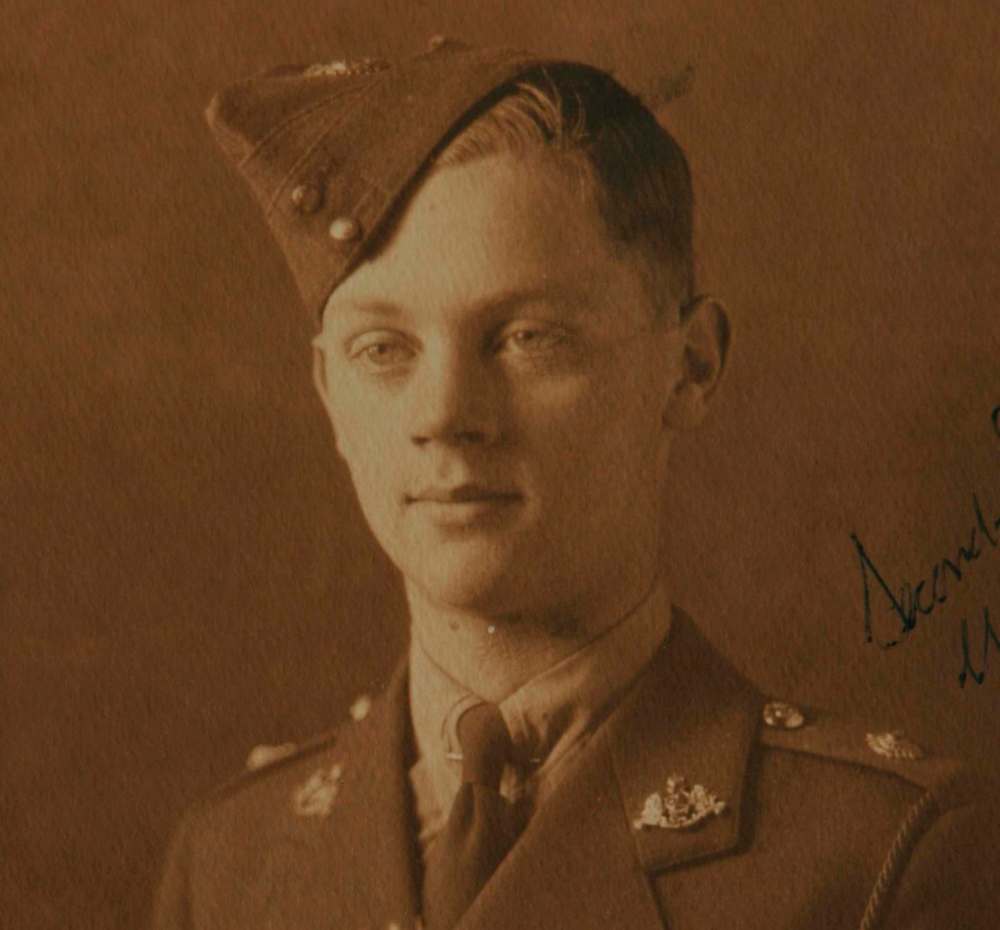Awakening after two decades in Italy
Advertisement
Read this article for free:
or
Already have an account? Log in here »
To continue reading, please subscribe:
Monthly Digital Subscription
$0 for the first 4 weeks*
- Enjoy unlimited reading on winnipegfreepress.com
- Read the E-Edition, our digital replica newspaper
- Access News Break, our award-winning app
- Play interactive puzzles
*No charge for 4 weeks then price increases to the regular rate of $19.00 plus GST every four weeks. Offer available to new and qualified returning subscribers only. Cancel any time.
Monthly Digital Subscription
$4.75/week*
- Enjoy unlimited reading on winnipegfreepress.com
- Read the E-Edition, our digital replica newspaper
- Access News Break, our award-winning app
- Play interactive puzzles
*Billed as $19 plus GST every four weeks. Cancel any time.
To continue reading, please subscribe:
Add Free Press access to your Brandon Sun subscription for only an additional
$1 for the first 4 weeks*
*Your next subscription payment will increase by $1.00 and you will be charged $16.99 plus GST for four weeks. After four weeks, your payment will increase to $23.99 plus GST every four weeks.
Read unlimited articles for free today:
or
Already have an account? Log in here »
Hey there, time traveller!
This article was published 10/11/2018 (2586 days ago), so information in it may no longer be current.
It’s autumn 2018 and harvest time in Abruzzo, Italy. Thousands of sweet, mature green and purple grapes release their life’s juices into deep repositories to be transformed into fine local Trebbiano and Montepulciano wine.
It was in the Italian autumn of 1943 that hundreds of young and war-weary Canadian soldiers poured their life’s blood onto the soil of these Abruzzi hills to harvest a hard-won victory at Ortona, the city that today in 2018 commemorates the 75th anniversary of those who died in that battle.
I am fortunate, or maybe not, to be living among the pages of Canada’s history book, here on the Canadian battlegrounds of the Italian Campaign of the Second World War. I was helped along on my journey to a realization of what war is when I read Farley Mowat’s moving account of his experiences here in the Adriatic sector when he was just a a 22-year old platoon commander of the Hastings and Prince Edward Regiment.

Anybody who has not read And No Birds Sang is encouraged to read this non-fiction book and to put themselves in his place, duty-bound in his inescapable encounters with horrific events and unforgettable people that transformed him forever.
I had lived in Italy for 20 years before I saw my own particular forest for the trees. And by that, I mean I had never given the graves in The Moro River Canadian War Cemetery at Ortona a thought more profound than, “What a terrible waste — all these gravestones, all those lives!” How shallow I had been, how callous, how stupid. And I can’t really say exactly when I understood what these graves really meant.
It was an awakening like one might feel living in the old family home all their life amid Dad’s pipes, Aunt Jen’s doilies, Grandfather’s rocking chair. And then looking through the family photo album and being catapulted into a journey to know more about the grandfather you never knew but who had made that rocking chair over there with his own hands. You start out on a mission of discovery, then, to fill the void that you never even knew you had. It was like this for me.
I decided to write to Farley Mowat in December 2009 and express my gratitude to him for his poignant account of war that had moved me to discover a closeness to it, and also for his part in bringing peace to troubled times. I spoke of his reference to his comrade, Dr. Homer Eshoo, of Winnipeg, who I also knew as a neighbour in St. Vital — he lived on Kingston Row, my family was just around the corner on Mager Drive — and who, as a young medic, had succoured the injured and, as Farley says, was “a man for whom I had enormous respect, and a touch of fear, because his ability to suppress his own needs and give of himself to those in dire need was simply limitless.”
Mowat himself was anything but self-aggrandizing when he writes that back in 1954, he had returned to the battlegrounds of his war and had then decided never again, as he put it, to “expose myself to that kind of memorial experience.” The Ortona fighting had been brutal, often hand-to-hand fighting, and dealing with quagmires of mud and terribly maimed men.
Mowat brought his version of war into my hands and into my heart. And now, I see each grave representing an individual human being who had only wanted a secure and safe world. Like Farley, like Dr. Eshoo.
The least I can do is to collect as many personal stories as I can about these hometown boys and share them with visitors who come to the cemetery. Mowat sums up his March 2010 letter to me, saying, “One place I keep returning to in memory is the Ortona salient.” His comrades who lie in these grounds are all part of that memory and, most probably, thankful for his poignant and recorded remembrances of them that will live on. We will remember them.
Winnipeg-born Martha A. Sarmatiuk is a freelance writer and amateur historian who has lived in the Abruzzo region since 1983.

